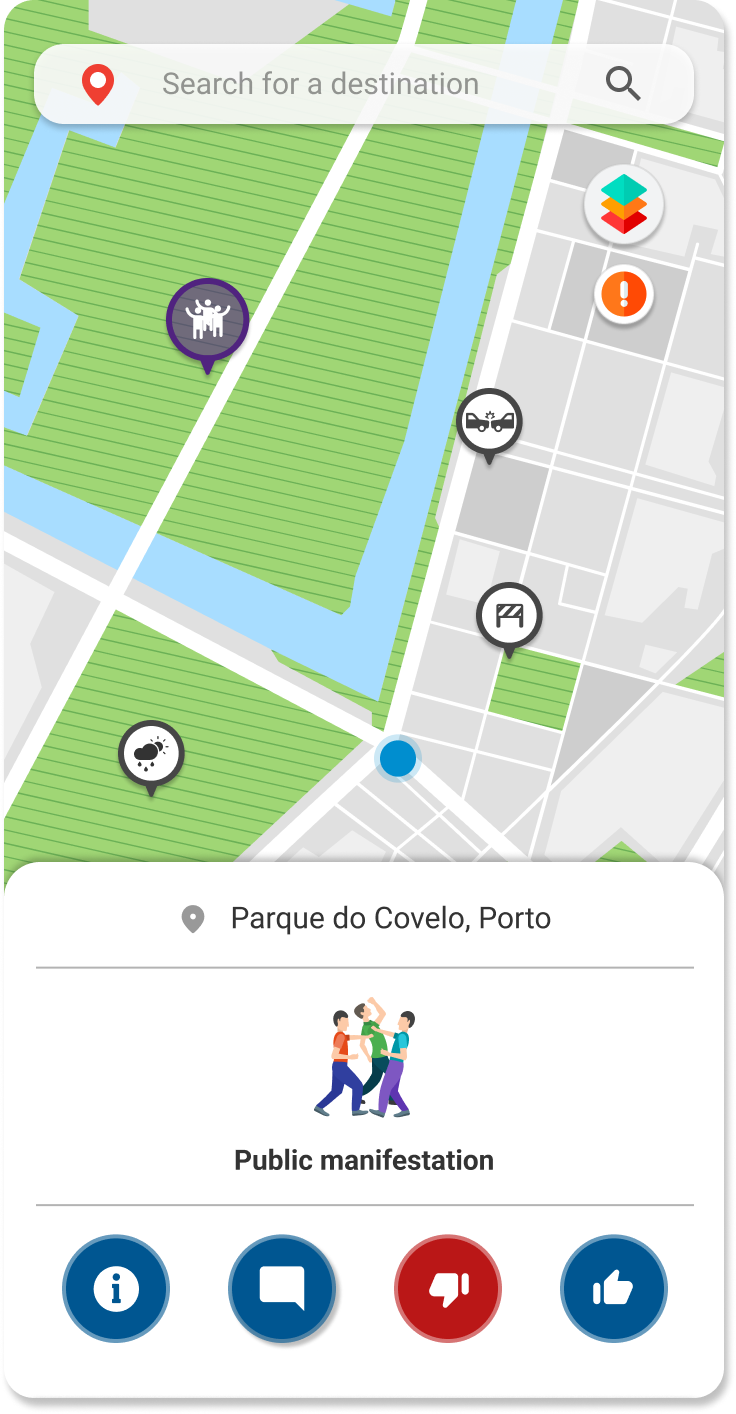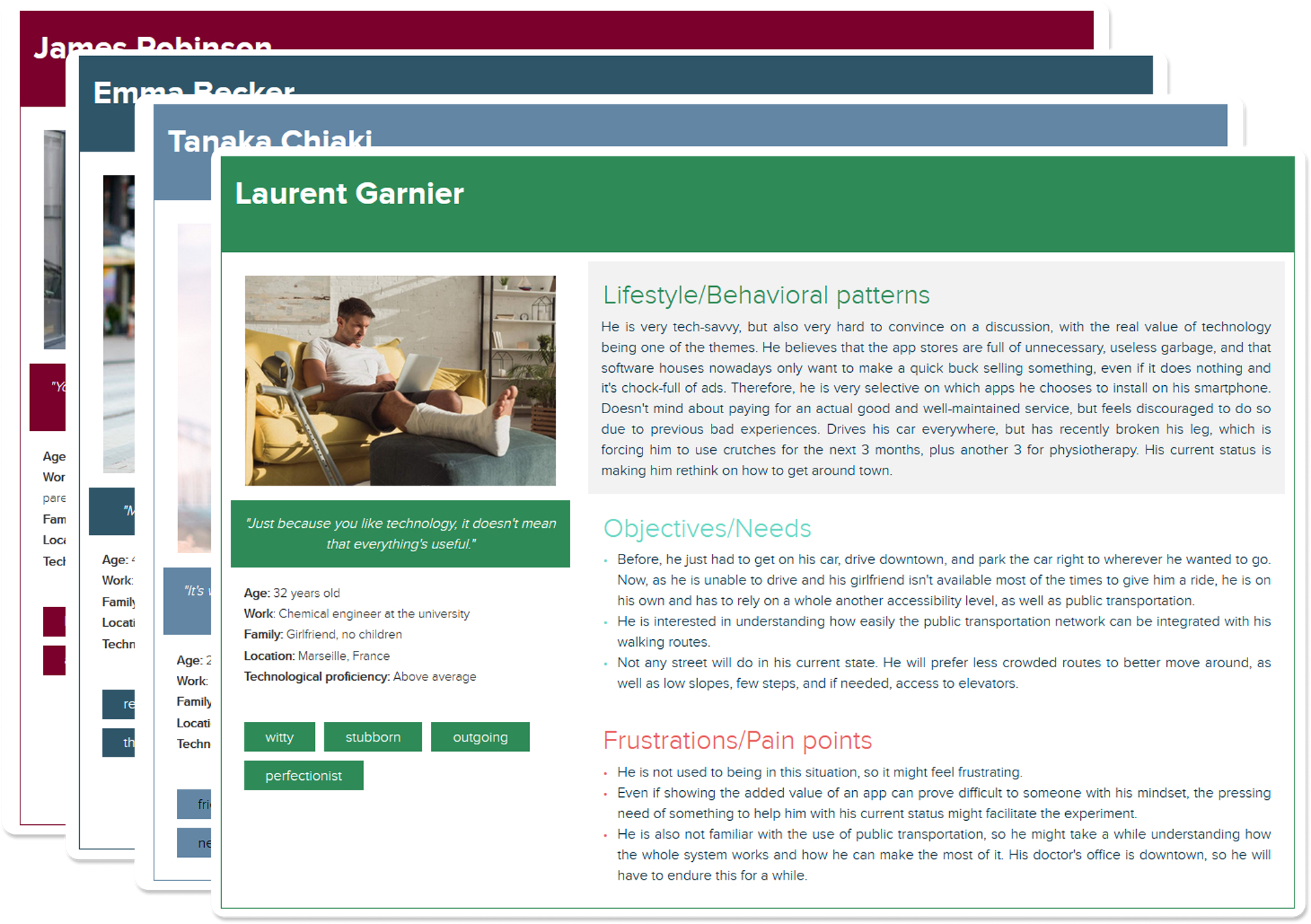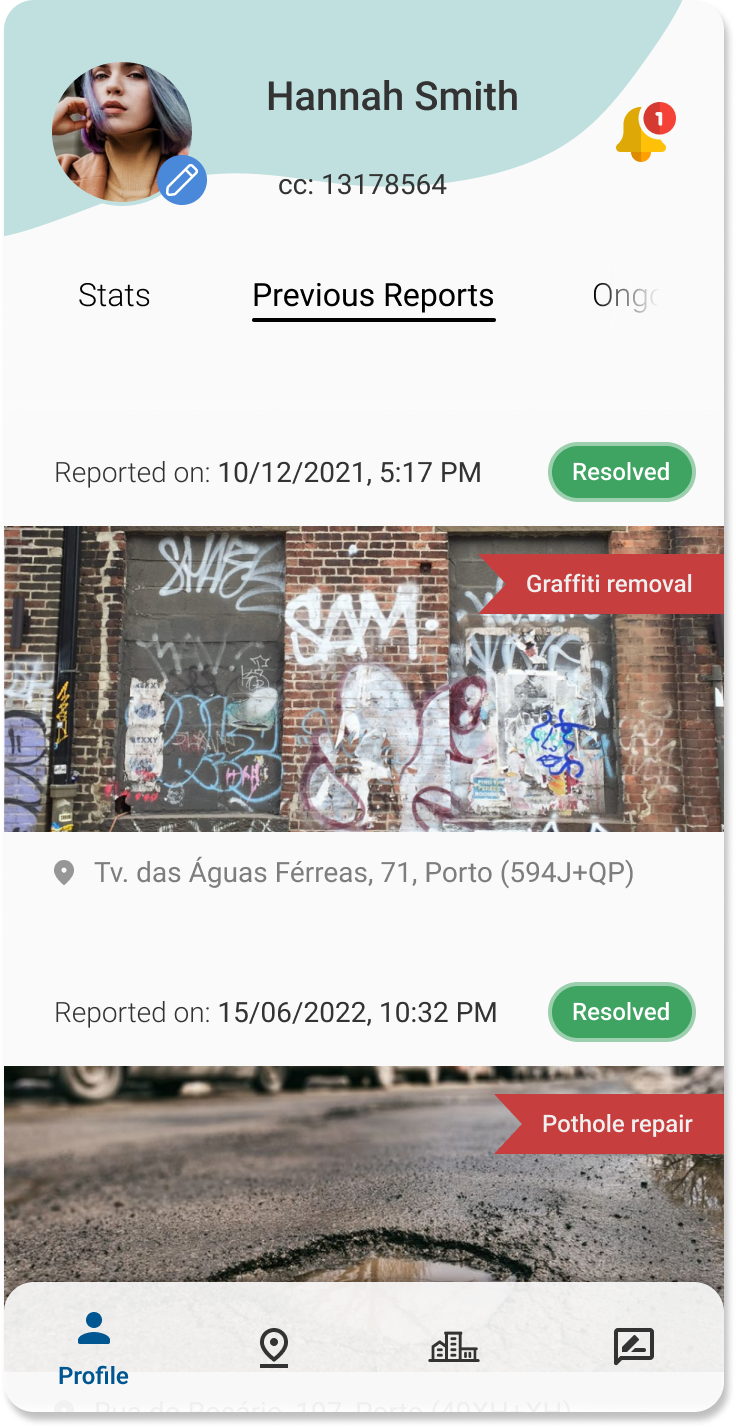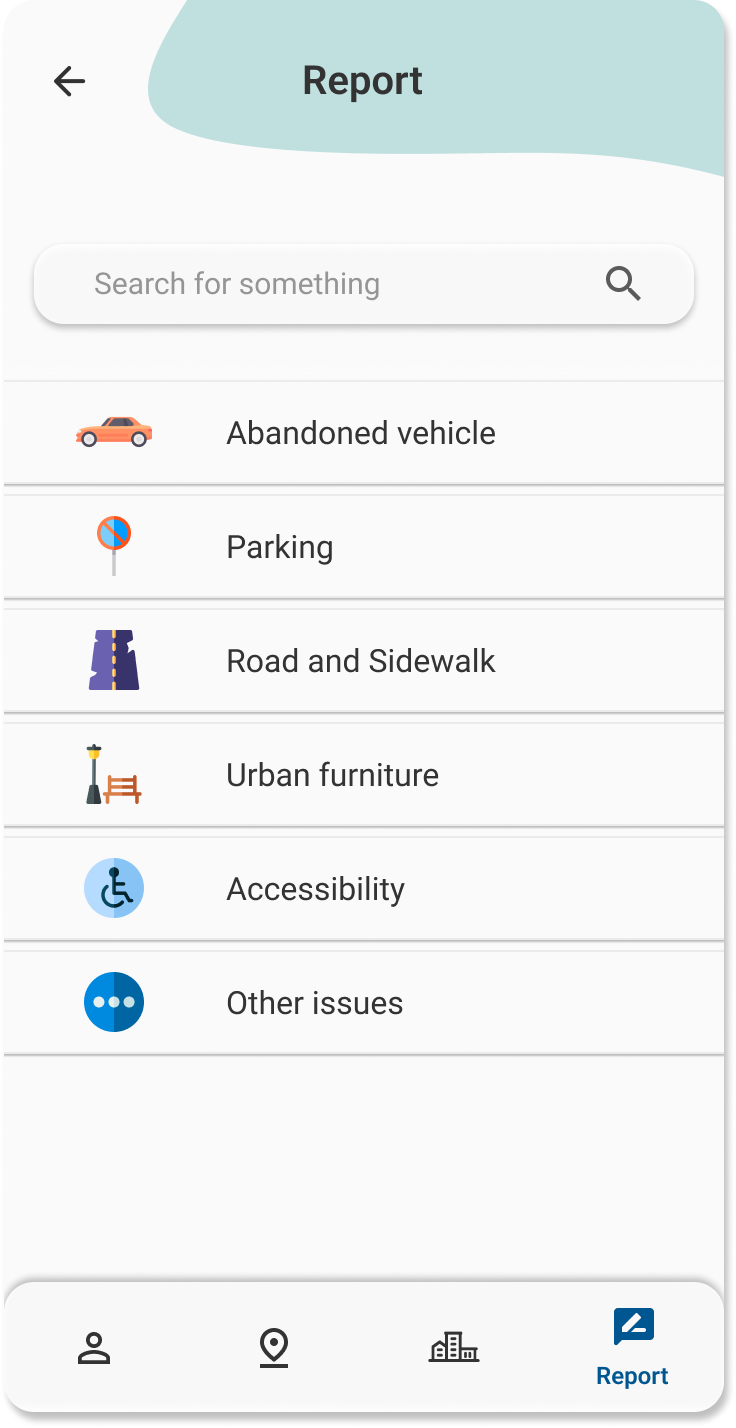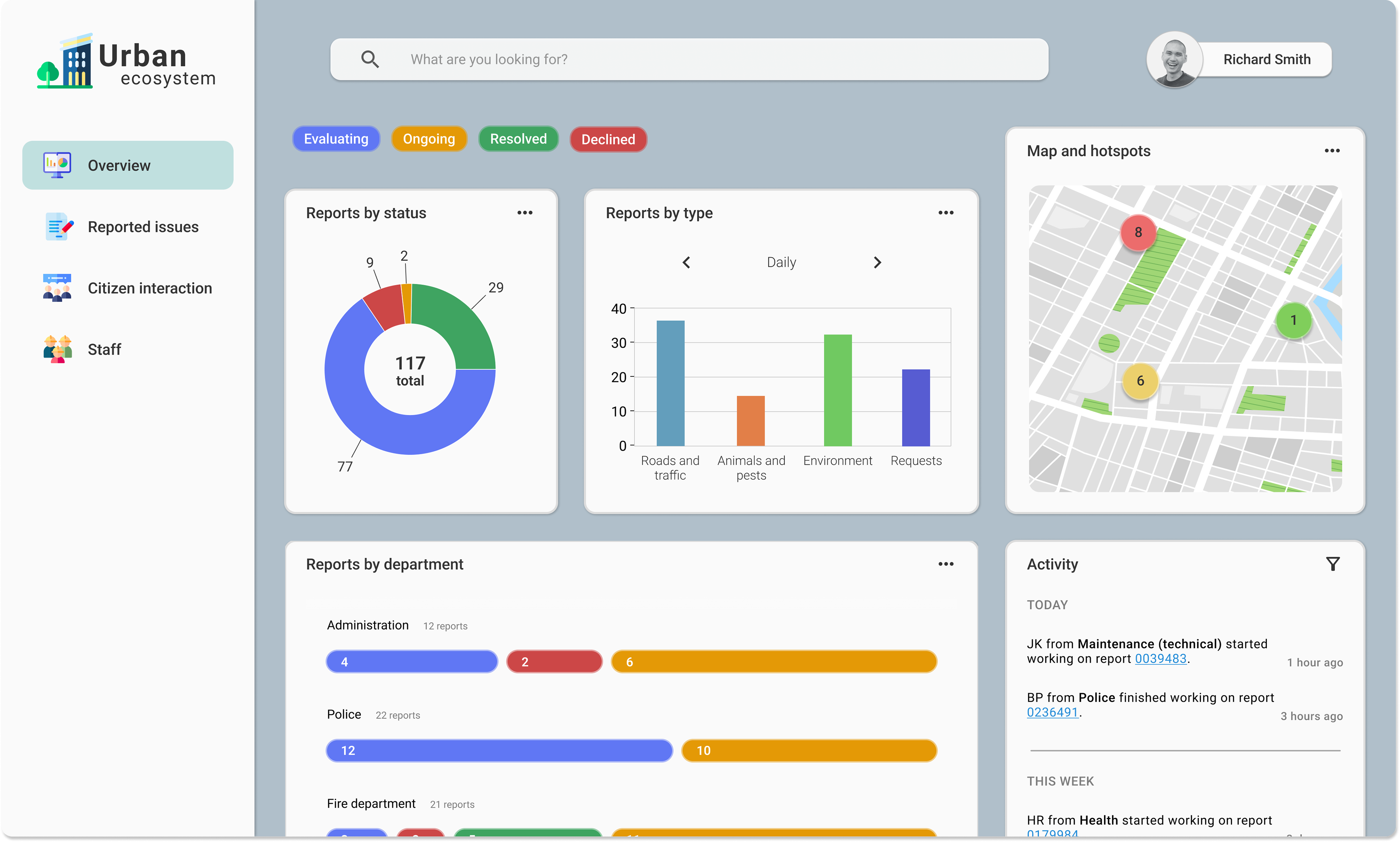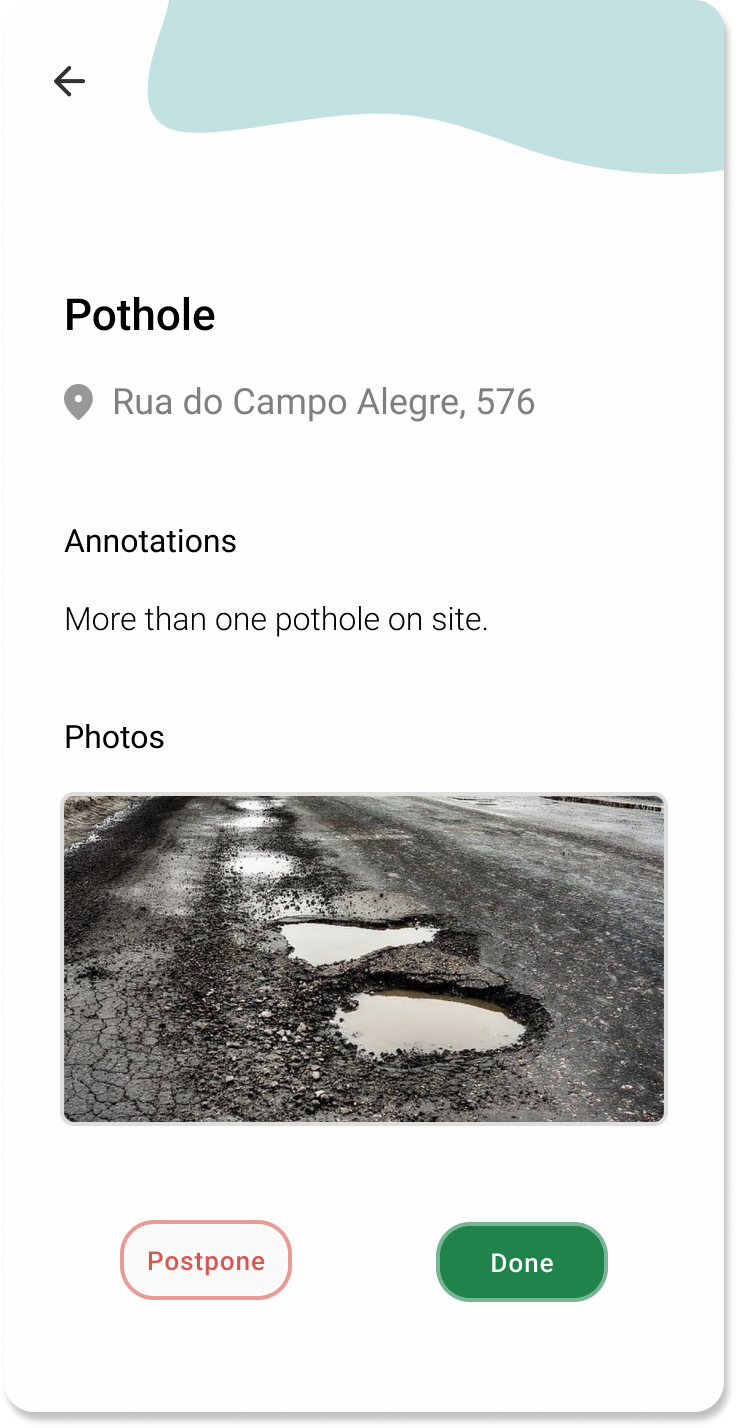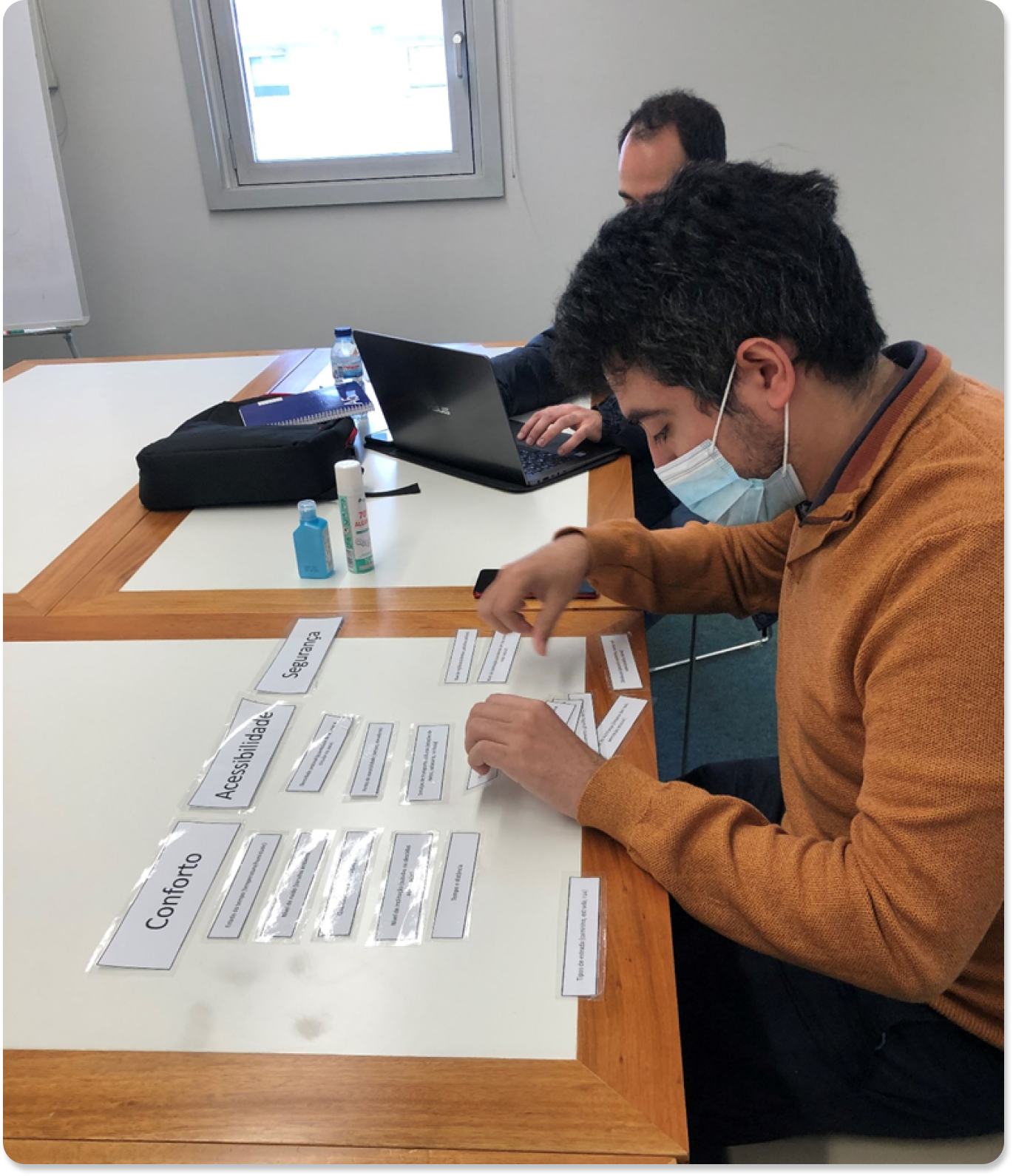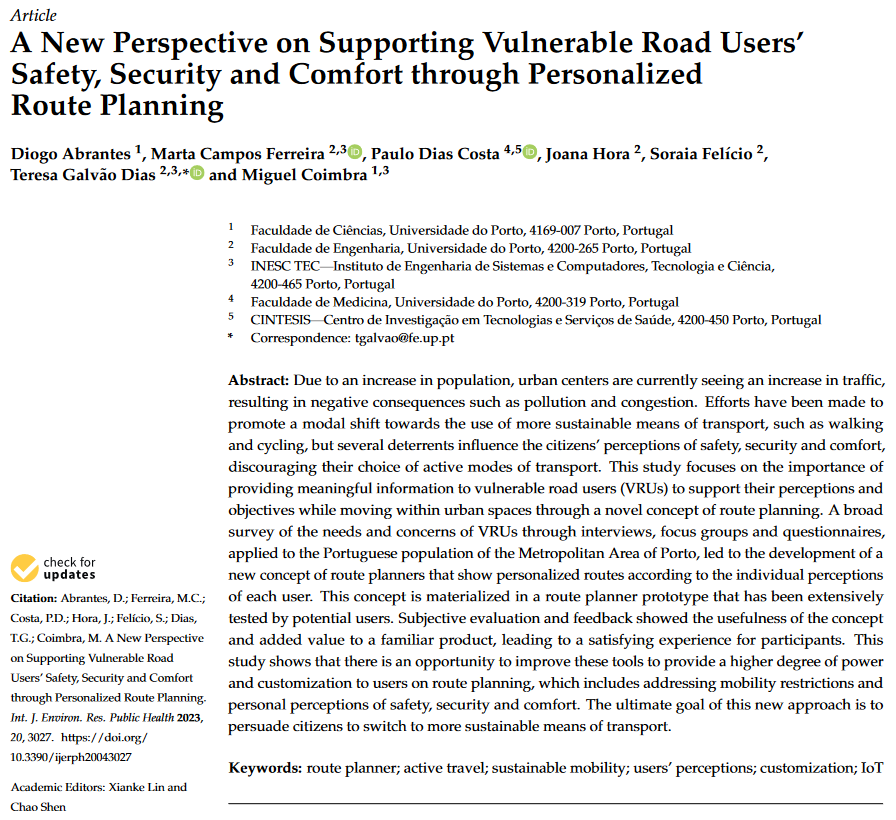Description: Based on the rise of Smart Cities and the Internet of Things, along with the efforts to promote a modal shift to the use of more sustainable transportation means, such as walking and cycling, comes the need to take advantage of sensor data such as air quality, noise levels, accessibility, or people density. Route planners that take into account different dimensions and provide tailored experiences can help that modal shift. Urban monitoring systems and dashboards, on the other hand, can also be a powerful tool to allow for a richer dialogue between the general population and various urban infrastructures and services in real time. User requirements and preferences were understood using a variety of different methods and resulting prototypes were properly evaluated for usability parameters.
Output: A prototype for a route planning app that takes into account different planning parameters apart from just time and distance; a prototype of a 3-part Urban Monitoring Ecosystem app that considers three different stakeholders: general audience, management, and field agents, building its relevance on their communication. This was complemented with 9 (total) containing 4 (focused) published papers.
Methodology: Stakeholder interviews + content strategy, PACT analysis, competitive analysis, user interviews + focus groups + surveys, card sorting, user personas, use cases + user journeys, IA, high fidelity prototypes, usability and halway testing + retrospective interviews + cognitive walkthrough.
Based on the information provided, multiple semi-structured interviews were developed to gain insight into the perspectives of stakeholders and determine crucial elements to include in the prototype and guide the system's design. Stakeholders included the general public, as well as as representatives from police departments, private security firms, fire departments, and public transportation companies. A PACT analysis, along with other qualitative and quantitative research methods, was conducted to comprehensively examine both the social and technological aspects of the proposed system. This research aimed to gather data such as socio-demographic information, overall perceptions, user preferences and habits, and any specific desires or requirements. To ensure the proposed system would provide a sense of familiarity while also offering additional value, a competitive analysis of existing route planners was used to examine general interactions, user interface elements, and basic and advanced functionality. Literature research and field studies helped to understand the existing features and visual design of urban monitoring dashboards, as well as the usual workflow of these environments. User personas for all stakeholders and their variations were also developed using the gathered data. Four rounds of usability testing for the route planner were set up to evaluate the usability, information flow, and architecture of the design through a combination of objective and subjective measures. The user's level of enjoyment, satisfaction, and interest with the app (e.g. how easy it was to use and if participants would use it in the future) was also assessed, with the tests covering various functional features of the app to give an overall impression of what it should do and look like. The urban monitoring ecosystem prototype was also tested for required functionality, overall architecture, and usability, in two rounds of supervised walkthrough with targeted professional stakeholders.



